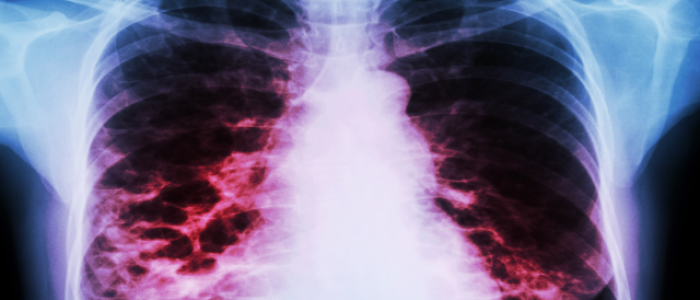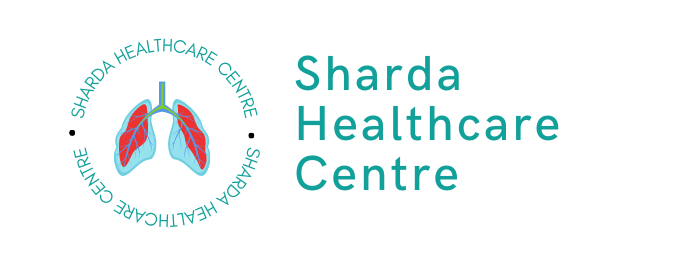
Bronchiectasis: Causes, Symptoms, and Treatment
Bronchiectasis is a chronic lung condition characterized by permanent dilation and destruction of the bronchial tubes. When the bronchial tubes are damaged, they become enlarged and inflamed, which can lead to accumulation of mucus and recurrence of severe lung infections. While bronchiectasis is not curable, treatment can help manage symptoms and prevent complications. This article explores the causes, symptoms, diagnosis, and treatment options for bronchiectasis.
What Causes Bronchiectasis?
Bronchiectasis has a number of potential causes, including:
- Severe respiratory infections – Repeated severe respiratory infections, especially during childhood, can cause damage and scarring to the bronchial tubes. Infections caused by bacteria like pneumonia or tuberculosis are common culprits.]
- Immune system disorders – Impaired immune system function can make someone more prone to lung infections that damage the bronchi. This includes immunodeficiencies like HIV/AIDS.
- Obstructive lung diseases – Chronic obstructive pulmonary disease (COPD) and asthma can cause inflammation and blockages in the bronchial tubes.
- Inhaled toxins – Prolonged inhalation of toxins like smoke or industrial pollutants can irritate and inflame the bronchial tubes.
- Genetic disorders – There are some inherited conditions like cystic fibrosis and primary ciliary dyskinesia that affect the bronchial tubes and make infection more likely.
- Lung injury – In some cases, lung injury from a foreign object, accident, or medical procedure can damage the bronchial tubes.
Types of Bronchiectasis
There are three main types of bronchiectasis:
- Cylindrical bronchiectasis – This is the most common type, where the bronchial tubes are uniformly enlarged and do not taper.
- Varicose bronchiectasis – This involves irregular, dilated sections of bronchial tubes alternating with narrow sections. It has a beaded appearance.
- Cystic bronchiectasis – This is characterized by large air pockets that form in the bronchial tubes. It is the most severe type.
Symptoms of Bronchiectasis
The symptoms of bronchiectasis include:
- Chronic cough producing large amounts of phlegm, which may be thick, discolored, or blood-tinged
- Fatigue and shortness of breath
- Wheezing or crackling sounds with breathing
- Frequent respiratory infections that are slow to resolve or keep recurring
- Chest pain or tightness
- Weight loss or poor growth in children
- Night sweats, fever, and chills during infection flares
Diagnosing Bronchiectasis
To diagnose bronchiectasis, doctors use imaging tests like:
- Chest X-ray – Can show widened bronchial tubes and lung changes.
- CT scan – Provides more detailed images to confirm dilated, thickened bronchi.
- MRI – Used to complement CT scanning and identify complications.
- Sputum cultures – Identify bacteria that could be causing lung infections.
Pulmonary function tests may help assess the severity and monitor the progression of the condition over time. Bronchoscopy allows visualization of airway inflammation.

Treatment for Bronchiectasis
While there is no cure for bronchiectasis itself, treatment aims to manage symptoms and prevent complications. Key aspects include:
- Clearing mucus – This is done through chest physiotherapy, exercising, drainage positioning, and medications like mucolytics.
- Treating infections – Antibiotics are used to treat acute lung infections. Long-term antibiotics may be used to prevent recurrent infections in some cases.
- bronchodilators – Inhaled bronchodilators help open airways and improve breathing.
- anti-inflammatory drugs – Inhaled steroids and oral non-steroidal anti-inflammatory drugs reduce airway inflammation.
- Oxygen therapy – Supplemental oxygen helps treat hypoxemia in advanced disease.
- Surgery – Surgery may be done to remove badly damaged lung segments in severe, localized disease. Lung transplantation is a last resort option.
- Pulmonary rehabilitation – Exercise training, nutrition counseling, and education on coping strategies.
Frequently Asked Questions About Bronchiectasis
The most common cause of bronchiectasis is severe respiratory infections during childhood, such as pneumonia or tuberculosis, that permanently damage the bronchial tubes.
The 3 main types of bronchiectasis are cylindrical bronchiectasis, the most common type with uniform tube widening; varicose bronchiectasis with alternating wide and narrow airway sections; and cystic bronchiectasis characterized by large air pockets in the bronchi.
While bronchiectasis itself does not improve since it is permanent damage to the airways, symptoms can be managed and complications prevented with proper treatment. With treatment, many patients go through periods of symptomatic improvement and stability.
Bronchiectasis can potentially be a serious, lifelong condition. It can cause recurrent infections, breathing problems, and declining lung function over time. However, with proper treatment, many patients are able to manage their symptoms and maintain a good quality of life.
Yes, bronchiectasis damages the lungs by permanently widening, thickening and scarring the bronchial tubes. This distortion of the airways leads to impaired mucus clearance which in turn increases risk of recurrent lung infections that further damage lung tissue.
Yes, tuberculosis is one of the potential causes of bronchiectasis. TB lung infections as well as other types of severe pneumonia or respiratory illnesses during childhood can damage the bronchial tubes and lead to bronchiectasis.
Conclusion:
Bronchiectasis is an irreversible widening and damage of the bronchial tubes often caused by severe infections. It produces symptoms like chronic cough, excess phlegm production, wheezing and shortness of breath. Diagnosis is made by imaging tests like CT scans and treatment aims to manage symptoms, clear mucus, treat infections and reduce inflammation. While there is no cure, early treatment can improve quality of life and prevent complications in bronchiectasis.
